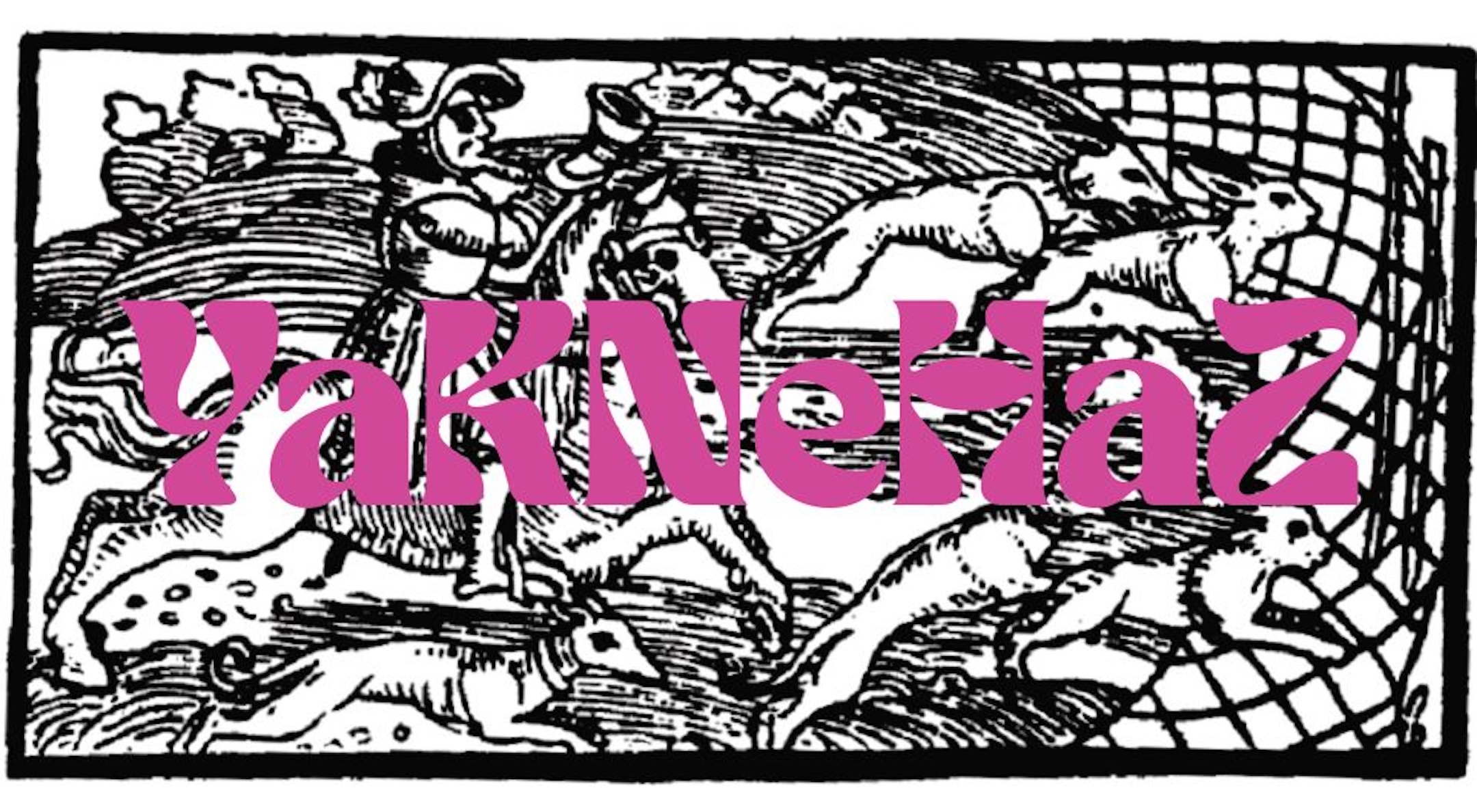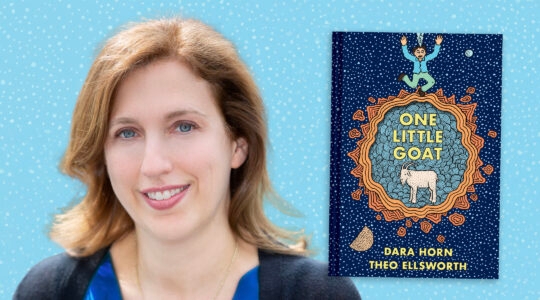The Passover Haggadah is one of the few sacred Jewish texts that has a long history of including illustrations, and among the most remarkable are detailed images of rabbit hunts that often appear in the opening pages, even before the text of the Seder really begins.
The images, which are varied in style and can be found in editions dating back to medieval and early-modern Germany, often present hunters and dogs chasing rabbits, the latter of which are generally depicted escaping over a fence or off of the page. They are dramatic images and, like much in the Haggadah, they are curious and somewhat frightening.
Like all Jewish forms of textual interpretation, most illustrations in illuminated Haggadot are a form of midrash — an effort on behalf of generations of readers to wrest new meaning from ancient words, and to present the text as urgent and relevant to those who hold the book in their hands, often by identifying and explaining specific textual lacunae and ambiguities. For example, the Sarajevo Haggadah — dated to 14th-century Spain, and one of the oldest fully illuminated Haggadot still extant — includes an image of Moses, who is famously not mentioned in the Haggadah’s traditional text.
The question, of course, is why rabbits?
There are at least two answers, both of which speak powerfully to the present moment and to the upcoming holiday. Understanding the first requires a little bit of Talmudic knowledge and is related to the special order of operations that is employed whenever the Seder falls on Saturday night, as it does this year.
This calendrical quirk (which takes place about once every nine years) presents the rabbis with a kind of ritual puzzle related to how and when to mark the distinction between Shabbat and the Passover; how and when to sanctify Passover itself; and how and if to make a blessing over fire even though it is traditionally forbidden to light and extinguish a new flame on a holiday — which typically happens during the havdalah ritual that marks the distinction between Shabbat and weekday.
As lovers of order — particularly when it comes to the Seder, which literally means “order” — the ancient rabbis ultimately decided on a set procedure:
- First one says the blessing over Yayyin (wine)
- Then one makes Kiddush (sanctifying Passover)
- Then one says the blessing over a Ner (the Holiday candles lit from a pre-existing flame)
- Then one makes Havdalah (marking the end of Shabbat and the beginning of Passover)
- And, finally, one blesses the Zman (by saying the Shecheyanu blessing).
As lovers of mnemonics — an aspect of Hebrew written culture that, as any reader of Hebrew will attest, persists to this day — the rabbis of the Talmud ultimately use the first letters of those key words to form the acronym YaKNeHaZ, which appears in certain Haggadot at the very beginning, sometimes on the same page as the images of the rabbit hunt in Haggadot used in Yiddish-speaking communities. Though the reason for this choice is not made explicit in the Haggadot themselves (at least not in any that I’ve seen), later scholars have noted that it is almost certainly inspired by the fact that the German/Yiddish phrase “jag den has,” which means “hunt the hare,” sounds a lot like yaknehaz, which appears in ancient rabbinic sources.
What emerges is a complicated but undeniably charming picture: a visual cue that reminds Yiddish readers of a pun that reminds them of a Hebrew mnemonic that reminds them of what they should do when the Seder falls on a Saturday night. The fact that the Haggadah spells none of this out explicitly heightens the power of the midrash by creating a circle of familial intimacy. Like a great joke, making sense of the picture requires a fair amount of specialized knowledge — a deep inward gaze, that can help sustain a people who are all too often assailed from without.
The second reason for the rabbit hunt illustrations is thematic rather than ritual. And the theme, one of the core themes of the Haggadah, is that as Jews we are hunted. We are not hunted at every moment, of course, but we have been enough throughout our long history that it is impossible to tell the story of our freedoms without also telling the story of our persecutions — and not only the mythic persecutions of ancient Egypt, but also the persecutions of today and those that lie in wait in the future.
As the Haggadah famously prophesies: “This is the promise: That not only one arose to destroy us, but in every generation they arise to destroy us…” We are therefore confronted with the stark reality of that image immediately when we sit down to our most joyful celebratory meal and open our book of freedom, the Haggadah, which allows us to escape into an imagined reality of redemption. The image is of a family, simultaneously vulnerable and swift, small and industrious, always running but always escaping, bursting beyond the border of the page in order to run another day, in order to draw new pictures into our ancient tomes.
JTA has documented Jewish history in real-time for over a century. Keep our journalism strong by joining us in supporting independent, award-winning reporting.






